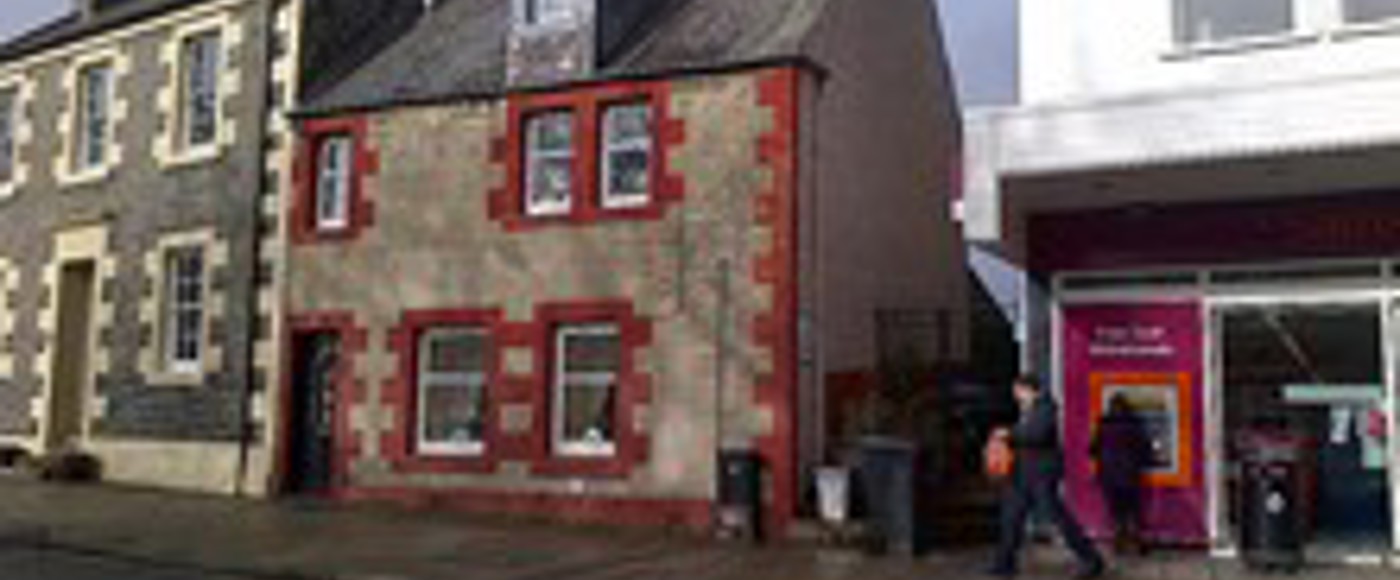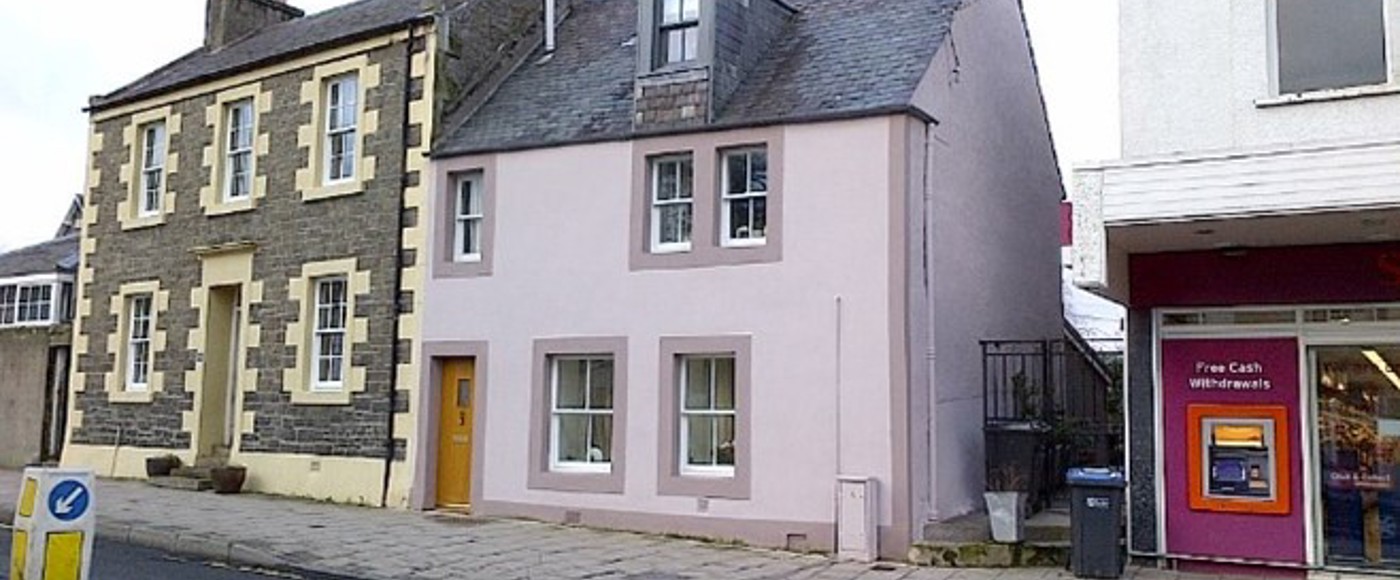Project: Selkirk Conservation Area Regeneration Scheme (CARS), Scottish Borders
Theme: Small Grants
The Project
| Grantee organisation | Scottish Borders Council |
| Total HES funding | £865,000 |
| Total Scheme Cost | £2,403,537 |
| Scheme Delivery Period | 2013-2018 |
Selkirk CARS was delivered by Scottish Borders Council but had been developed in consultation with the local community. The main focus of the scheme was to regenerate the medieval core of the Selkirk Conservation Area, which was experiencing falling footfall and increasing vacancy rates.
Theme: Small Grants
Although there were larger scale priority projects included within the scheme, a small grants scheme was also introduced for property owners to apply to.
The initial focus for these grants was Market Place, the main civic space within the town. For the first year of the scheme, only properties within this area were eligible to apply and this was then widened throughout the remaining eligible area for the rest of the scheme duration.
This allowed the project team to apply a measured and focused approach to the small grants funding pot so that the funding investment could deliver more impact in the area. In general, these grants addressed high-level repairs which were a more prevalent issue than low level work such as shopfront repairs/restorations. Most of the grants awarded helped to support the cost of traditional external fabric repairs to roofs, rainwater goods, chimney stacks and external walls (both render and masonry). The largest ‘small’ grant awarded was £15,000, and the smallest was £525 with the average grant intervention rate 61%.

1 High Street Selkirk - Render and historic window reinstatement (before). Image © SBC

1 High Street Selkirk - Render and historic window reinstatement (after). Image © SBC
Key Findings/Conclusions
Selkirk CARS is a good example of a scheme which made effective use of small third-party grants to complement a range of priority projects in the town centre. However, as these smaller grants can often involve properties with more than one set of owners then these can often be challenging and require more support from the CARS officer.
Whilst the visual impact of small grants can be minimal in comparison to high profile ‘transformative projects’, these types of repairs are key in helping to improve resilience to climate change, improve energy efficiency and extend the lifespan of the properties. This type of traditional repair also reinforces and enhances the special character of the historic area.
